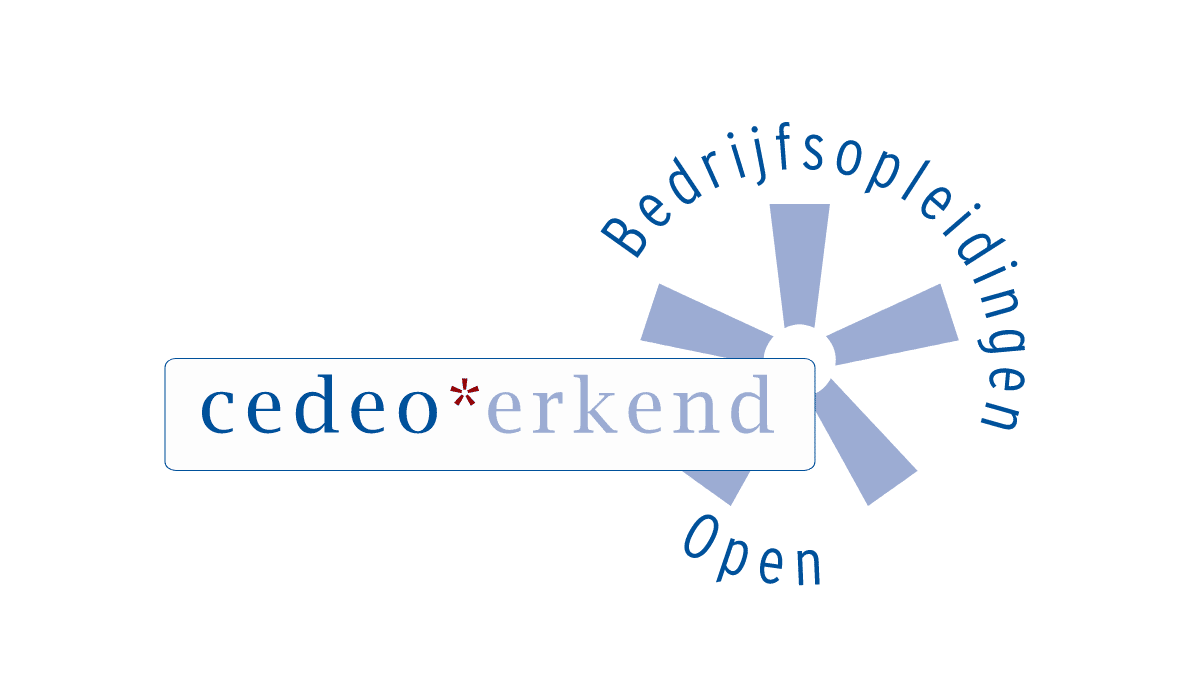Home How do you finance housing from brown to greener?
How do you finance housing from brown to greener?

Irvan Rikwandi, head of capital markets and portfolio management | Ingage
Asset originators play a key role in the securitisation landscape. Amsterdam-based Ingage, the lending platform of CMIS Group, has over €4.5 billion in assets under management and is a major non-bank lender in the Dutch mortgage market. We talked to Irvan Rikwandi, head of capital markets and portfolio management at Ingage, about Ingage’s vision on the challenges of funding a greener mortgage market in the Netherlands and beyond…
For more information on securitisation and new challenges in the market or tickets, visit the eventpage of the Securitisation Event 2023.
What position does Ingage have on the securitisation market in the Netherlands?
We are active in the total mortgage chain. We are also a multi-asset and multi-investor platform. We provide a one-stop-shop for investors to access the Dutch residential mortgage market. Our platforms are robust and flexible, which means we can create very specific products according to the wishes of investors. We help from the origination to creating a product or loans all the way to the mortgage servicing processes. And as part of the CMIS Group we have been involved in the Dutch mortgage market for decades.
What trends do you see in today’s Dutch mortgage market?
We see a clear trend towards more impactful mortgages. We originate green assets ourselves, in compliance with the Green Bond Principles. Our Impact Hypotheken are for new housing with a minimum A energy label — but also for people who want to significantly improve the sustainability of a lower energy label property. For these green loans, we receive extensive data and information. Not only about the asset itself, but also about the distribution of the funding towards that asset. This is important, because a lot of greenwashing takes place whereby green funding is simply deployed into such assets, but there is no follow-up about what the impact of that project was on society. That is something we think is crucial: giving feedback by showing the true impact on the planet.
But properties which already have an A energy label are not the biggest environmental challenge, right?
Right. Our mortgage products are not limited to only funding assets which are already very green, such as newly built A label properties. We also want to encourage the funding of non-green assets so that they can improve their impact under the Green Bond Principles. We think those types of loans actually generate the most significant impact towards society, by helping the assets transition from non-green to green.
How can you, as mortgage lenders, promote real ESG-related change?
Our products not only provide access to investors to already green properties, they also give investors access to loans for non-green properties which include projects to improve their environmental impact. This is one of the few products on the Dutch mortgage market, which provides this type of financing: Impact Hypotheken. This is also the first product which gives the same reward to A label properties and non-A label properties, as long as house owners are willing to improve the sustainability of their energy inefficient properties.
While we, of course, provide loans to high energy label properties, we really want to help borrowers who are trying to improve their houses. These people must be able to show that their projects will improve their building’s energy efficiency by 30%, as set down in the Green Bond Principles. This is one of our main areas of focus because we really believe this is a way of creating the most impact in the real world. We believe that the road to true impact, is to improve the energy efficiency of existing houses.
Is there a classification for this type of loan?
There is a specific methodology and calculations whereby the 30% can be achieved. If you start, for example from a B energy label, then this 30% improvement might be difficult to achieve. However, if your starting point is energy label G there is much more leeway to improve efficiency. So, the energy label itself is a starting point. From there you can look at renovation projects, such as cavity wall insulation or solar panels, which needs to be executed, to achieve at least 30% energy efficiency improvement. These loans turn brown into green.
Are there specific challenges when launching such new products onto the Dutch market?
Yes: in the Netherlands, all mortgage financial advisors are independent from lenders. This means that with products such as these, which are new and also interesting for mortgage borrowers, must be well-known in the financial advisor community. Part of our role is to educate mortgage brokers about our products: otherwise, there is a risk that mortgage borrowers may not even get to hear about these green loans. We are increasing awareness among Dutch brokers about these products, as they also provide a genuine incentive for borrowers to improve the environment. And that takes time, especially as we are one of the first in the market with these mortgages.
What other initiatives do you see as stimulating the Dutch mortgage market to become greener?
We are members of the Energy Efficient Mortgage Hub Netherlands. The Hub is certainly making a major move in the right direction: it is a new initiative to support and promote the financing of the acceleration and adaption of energy efficient housing in the Netherlands. It is still early days yet. Members are still discussing how much specific data to share with each other. I am personally in favour of collectively sharing granular and standardised data. This will enable us all to look at the same levels of information and compare. I gather, however, that some parties are less keen to do this. I think once we can agree on effective data sharing, the Hub has great potential for the green asset market, through detailed data standardisation.
Do you see more standardisation in future in terms of green data points?
We should be providing more data sooner rather than later. The growth of ESG-related mortgage propositions means we should all start using the same formulae for carbon emission calculations, for example. We should start using the same data points to base our calculations upon. However, many large European countries currently have very divergent labels and standards. At the end of the day, our investors are not only Dutch, but also from other European jurisdictions. They should at least be able to assume that energy label A in the Netherlands is the same in another European country and vice versa. That is simply not the case right now.
Are you therefore in favour of European standardisation on energy data?
Yes indeed. I feel that right now everyone is setting their own standards and no one has compatibility with each other. I believe that currently the Netherlands has a more advanced on energy label proposition and other ESG data. But if 80% of the other European countries are not able to keep up, then what is the use of us having this advancement?
What do you hope to achieve, learn, or experience at the Securitisation Event?
I visit the event regularly, and each time I really look forward to developments which anticipate the future. New niches, new ideas. Green investments have now been around for several years: I would like to know if we are really expanding our green investor base. I also want to hear from people in other parts of the industry. What are they seeing? There is always something which takes me by surprise.
For more information or tickets, visit the eventpage of the Securitisation Event 2023.
Securitisation Event
The Securitisation Event, where more than 250 participants come together annually to discuss developments...
ESG & Risk Management
Volg deze 6-daagse opleiding speciaal ontwikkeld voor sustainability professionals en leer de effecten van...
Download the brochure
Share
